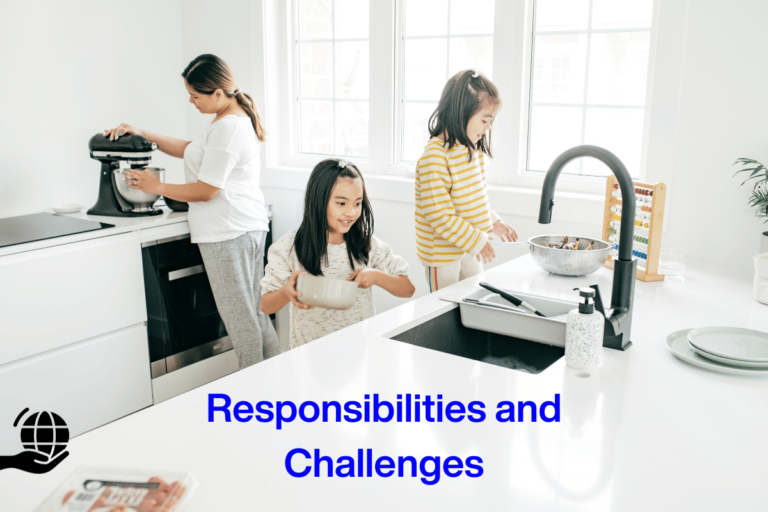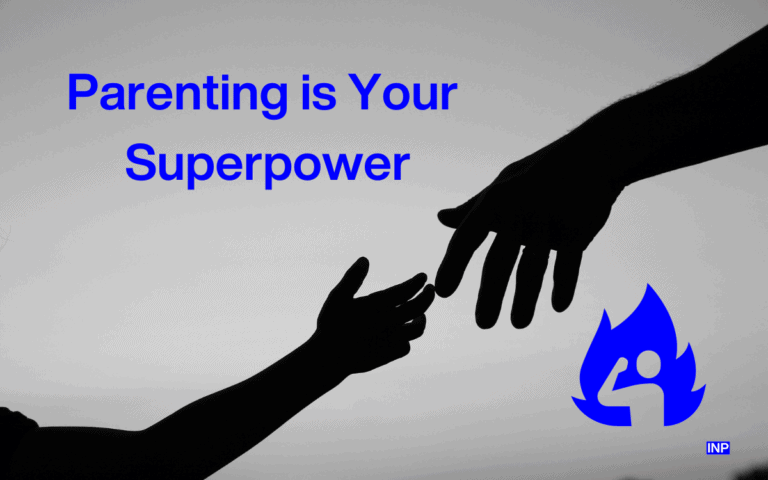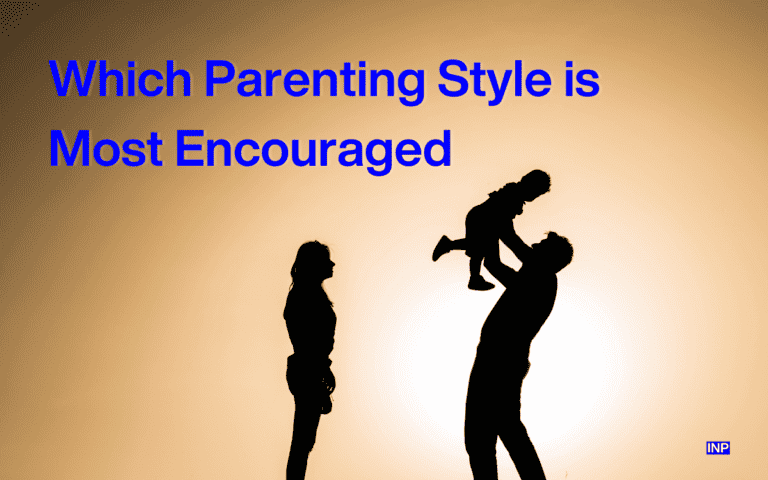10 Effective Strategies to Eliminate Yelling from Your Parenting Toolkit
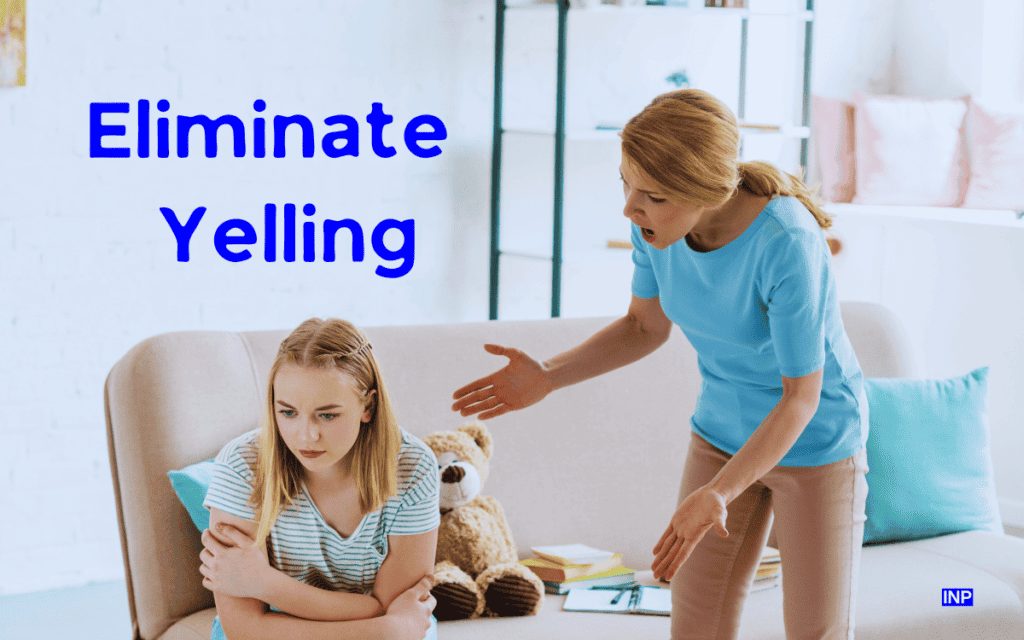
Have you ever found yourself at the end of your rope, voice raised, wondering if there’s a better way to reach your child?
You’re not alone. Yelling can be a hard habit to break, but the journey to a yell-free home is well worth the effort. Yelling is often the only option, but it might do more harm than good.
The Trouble with Yelling at your kid’s
Yelling can make kids act out or shut down. It’s a quick fix, not a lasting solution.
Yelling and Emotional Upheaval
Kids get upset and can’t manage their feelings well when we yell. This can lead to bigger emotional issues down the road.
Parental Anger Equals Anxious Kids
Frequent yelling can make kids anxious. Recognizing this can help us find calmer ways to deal with tough situations.
Keynotes
- Yelling in parenting often backfires, leading to negative behavior in kids.
- Kids yelled at regularly may struggle with emotional control.
- Regular yelling is linked to higher anxiety in children.
The Foundation: Recognizing Your Own Emotions

Parenting is as much about understanding ourselves as it is about guiding our children. Recognizing our emotions is the bedrock upon which peaceful parenting is built.
Self-Awareness: The First Step to Stop Yelling
To stop yelling at your kids, we must start with ourselves. Self-awareness is key, noticing the rise in stress levels before our voice follows suit. This awareness is the first step toward a yell-free home.
Identifying Internal Triggers Before They Escalate
Every parent has triggers that can lead to yelling. It could be a messy room or backtalk. Identifying these triggers early on can help us manage our reactions and control the situation—and our emotions.
The Importance of Emotional Regulation for a Calm Parent
Emotional regulation isn’t just for kids. As parents, maintaining our calm sets the tone for the entire household. It’s about being calm in the eye of the storm, guiding our children through their emotions by first managing our own.
Strategy #1: Implement Proactive Parenting

Proactive parenting is about prevention rather than reaction. It involves anticipating challenges and setting the stage for positive behavior before issues arise.
Setting Realistic Expectations for Behavior
Begin by using a few strategies and setting clear, realistic expectations for your children’s behavior. Understand their capabilities and limits, and communicate what you expect from them in a way they can grasp and remember.
Creating a Home Environment That Reduces the Need to Yell
A peaceful home environment often leads to less conflict. Create spaces and routines that encourage cooperation and reduce frustration. This could mean organized play areas, clear schedules, and calm-down corners.
How to Stay Calm and Proactive in Challenging Moments
When faced with a challenge, stay ahead of the game. Please take a moment to assess the situation before it escalates. This might mean taking a deep breath before addressing the issue, giving you and your child a better chance for a calm resolution.
Strategy #2: Practice Self-Care to Manage Stress

Caring for yourself is not a luxury. It’s an essential part of being a good parent. You can care for your kids better and handle stress without yelling when you’re well.
Building Resilience Through Self-Care
Self-care builds your resilience, equipping you with parenting’s ups and downs. Whether it’s a quiet cup of coffee in the morning or a jog in the evening, find what replenishes you and make it a non-negotiable part of your routine.
The Role of a Parent’s Well-Being in Reactive Parenting
Your well-being is the anchor in the storm of daily stresses. When you’re emotionally and physically healthy, you’re less likely to react negatively to your child’s challenging behavior.
Techniques to Reduce Stress and Avoid Feeling Overwhelmed
Adopt stress-reduction techniques that work for you. It might be deep breathing, meditation, or a creative outlet. Regular practice can help you approach parenting situations with a clearer mind.
Strategy #3: Establish a Connection Before Correction

Fostering a strong bond with your child is the key to effective discipline. Connecting before correcting lays a foundation of trust and understanding, making guidance far more effective.
Prioritizing One on One Time to Stay Connected
Dedicate time to be with your child without distractions. This one-on-one time shouldn’t be about discipline—it’s about building a relationship that transcends the roles of parent and child, allowing for deeper connection and communication.
The Power of Listening and Empathy in Correcting Behavior
True correction starts with understanding. Listen to your child, empathize with their feelings, and guide them towards better behavior. Children are more receptive to learning when they feel understood.
Using a Respectful Voice to Teach Rather than Yell
Teaching through a respectful voice, rather than yelling, helps your child learn from the situation instead of fearing it. This approach respects their dignity and promotes a healthy model for expressing their emotions.
Strategy #4: Embrace Calmness as Your Default Response

Adopting calmness as a reflexive response can transform tense situations into opportunities for growth and connection. Let’s explore how to make calmness a cornerstone of your parenting approach.
Mastering the Art of Taking Deep Breaths
When tensions rise, the simple act of taking deep breaths can be revolutionary. It’s a pause button, giving you a moment to collect your thoughts and respond thoughtfully instead of reacting in the heat of the moment.
Modeling Calm Behavior to Encourage Kids to Listen
Children learn by example. Maintaining your composure teaches your kids the power of managing emotions. A calm demeanor is often met with calm behavior, making it easier for kids to absorb your words.
The Effectiveness of a Calm Voice Over Immediate Gratification
Responding calmly can be more effective than yelling for immediate obedience. It shows your children that issues can be resolved without raising voices, laying the groundwork for them to practice patience and self-control.
Strategy #5: Set Limits and Implement Consequences Fairly

Clear boundaries are essential in parenting. They provide a framework for children to understand what’s expected of them, creating a sense of security and order.
Teaching Children Through Consistent Limits
Consistency is key when setting limits. Consistent boundaries make it easier for children to learn what is acceptable and what is not, helping them to navigate their choices and behaviors more effectively.
How to Stay Firm Yet Fair When Children Make a Wrong Choice
When children err, it’s important to be firm but fair. Explain the reasons behind the consequences, ensuring they understand the link between their actions and the outcomes. This clarity helps children grasp the concept of accountability.
The Balance Between Being Understanding and Enforcing Rules
Striking a balance between empathy and rule enforcement is crucial. Show that you understand their feelings or reasons for making a wrong choice, but also uphold the established rules. This dual approach teaches children that while their feelings are valid, their actions still have consequences.
Strategy #6: Seek to Understand the Root Cause

Understanding the root cause behind a child’s behavior or emotional disorders is a powerful approach that shifts the focus from simply managing behavior to nurturing emotional growth and development.
Digging Deeper to Understand Big Emotions
It’s important to recognize that children’s emotional outbursts aren’t just random acts of defiance; they’re often cries for help or signs of unmet needs. Whether it’s a toddler’s tantrum or a teenager’s standoffishness, these behaviors can signal underlying issues like stress, hunger, or overstimulation.
By taking the time to understand these big emotions, you can approach the situation with empathy, helping your child learn to articulate and manage their feelings more constructively.
Addressing the Root Cause Behind a Child’s Act Out
Behavior is a form of communication, and misbehavior can be a child’s way of expressing something they can’t put into words. When a child acts out, it’s crucial to look beyond the immediate behavior and ask yourself what might be driving it.
Are they seeking attention because they feel neglected? Are they acting aggressively due to feeling threatened?
By identifying and addressing these root causes through more focused attention, reassurance, or addressing environmental stressors—you can help your child feel heard and understood, reducing the likelihood of future outbursts and increased anxiety.
Adopting a New Perspective to See Things Differently
Gaining a new perspective is about seeing the world through your child’s eyes. What seems trivial to an adult can be overwhelming for a child. Trying to understand their point of view can change the entire dynamic of the interaction.
This doesn’t mean excusing all behavior but rather validating their feelings and working together to find better solutions. By showing your willingness to understand and not just correct, you foster a trusting relationship where your child feels safe to express themselves and more open to guidance.
Strategy #7: Use More Effective Tools Than Yelling

Moving away from yelling doesn’t mean losing discipline; finding new, positive tools to guide your child’s behavior while strengthening your bond with them.
Replacing Yelling with Effective Tools and Techniques
Yelling often becomes a go-to in moments of frustration, but numerous tools can help maintain peace. Strategies like implementing ‘time-ins,’ which involve sitting with your child to discuss what emotions led to their behavior, can be transformative.
This method helps children feel understood and teaches them to articulate their emotions and work through them constructively. Replacing yelling with such tools can significantly improve communication and reduce stress for you and your child.
Embracing Positive Reinforcement Over Negative Emotions
Shifting the focus to positive reinforcement can profoundly impact how children perceive themselves and their actions. Recognizing and praising your child’s positive behaviors reinforces the actions you want to see more of without the collateral damage to their self-esteem that yelling can cause.
This approach nurtures an environment of encouragement, where children are motivated to behave well not out of fear of consequence but for the joy of reward and recognition.
Strategies for Gaining a Kid’s Attention Without Yelling
Capturing your child’s attention is a subtle art. Rather than raising your voice, consider lower-volume tactics like whispering, which can pique their curiosity and draw them in. Non-verbal cues such as a gentle touch on the shoulder or a meaningful look can also redirect their attention effectively.
These methods respect your child’s autonomy and demonstrate that you value their attention without resorting to loud or startling commands. They teach children that communication can be calm and connected, not just loud and demanding.
Strategy #8: Break the Cycle with Emotional Coaching
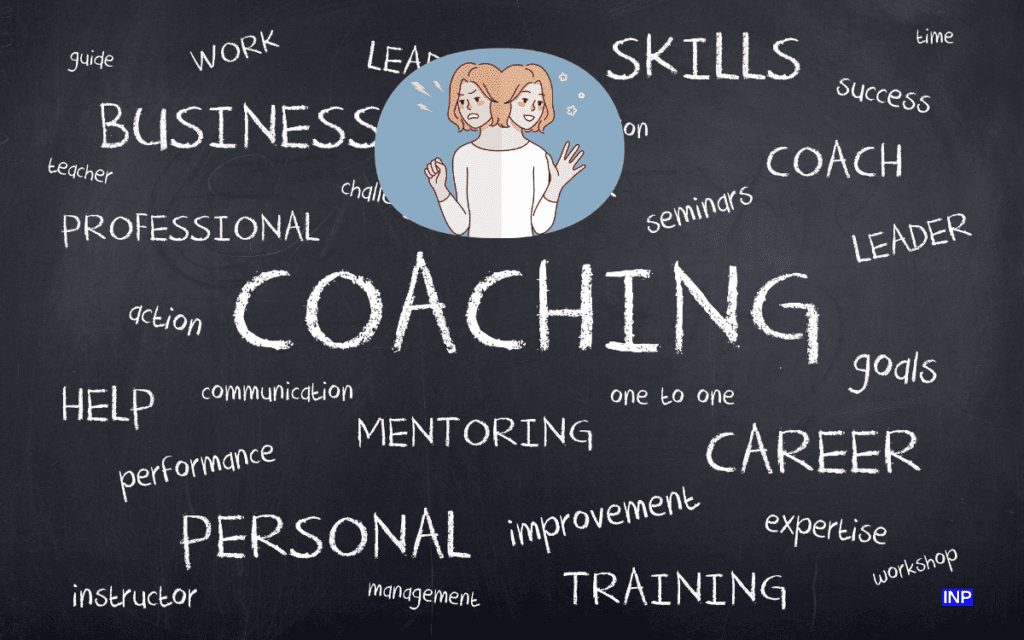
Emotional coaching is about more than just calming down a child; it’s about equipping them with the skills to understand and regulate their emotions for life.
Teaching Emotional Intelligence as a Reactive Strategy
Emotional intelligence is not innate—it’s learned. And what better time to teach it than in the heat of the moment? When emotions flare, please help your child pause and pinpoint their feelings. Guide them to name their emotions and understand the cause. This process is invaluable, as it turns reactive moments into proactive lessons, fostering emotional growth and maturity.
How to Help Children Deal with Their Feelings
Children need tools to express their emotions constructively. Whether through conversation, drawing, or role-playing, please encourage them to channel their feelings into creative outlets. This practice helps them process their emotions and strengthens their communication skills, setting them up for better emotional management.
Turning a Moment of Anger into a Lesson on Emotion
Anger, often seen as a negative emotion, can be a powerful teaching tool. When your child feels angry, take the opportunity to delve into a conversation about what’s behind that emotion. Explore alternatives to lashing out, like using ‘I feel’ statements or taking a few deep breaths to find calm.
By doing this, you’re not just diffusing a single episode of anger; you’re showing your child how to handle their emotions in a healthy, constructive way, lesson by lesson.
Strategy #9: Communication That Connects

Communication that connects is not just about talking; it’s about building a bond that encourages your child to come to you with their joys and challenges alike.
Encouraging Open Dialogue and Mutual Respect
Foster an atmosphere at home where everyone feels comfortable speaking their mind. Teach by example: respect your child’s opinions and feelings, and they will learn to do the same. This respect for one another’s voice allows for a deeper connection, where open dialogue becomes a regular, enriching part of family life.
The Importance of Voice Tone in Effective Communication
Your voice is a powerful tool for inviting your child into a conversation or pushing them away. A soft, calm tone can be reassuring, showing your child that you’re approaching the conversation with care and not criticism. This mindful approach to communication can set a positive example, teaching your child that even difficult topics can be discussed with composure and respect.
How to Talk So Kids Will Listen and Listen So Kids Will Talk
Real communication with your child means listening just as much as speaking. It’s about understanding their world through their words and responding in a way they understand. When children feel truly listened to, they are more likely to listen in return. This reciprocal relationship creates a space for genuine understanding and fosters a deeper parent-child connection.
Strategy #10: Reflect and Learn from Each Experience

Reflection is a tool that turns every past parenting encounter into a stepping stone for future growth and serenity.
Learning from Past Reactions to Stay Calm in the Future
Reflection isn’t just about understanding what went wrong. It’s a strategy to bolster your parenting toolkit for the times ahead. By analyzing situations that led to raised voices, you can start to notice trends—maybe it’s a lack of sleep or a hectic schedule that tends to precede outbursts.
This insight allows you to make proactive changes, such as adjusting routines or setting aside time for relaxation, to ensure you can handle whatever job or parenting challenges come next.
Reflecting on What Triggers You to Yell and How to Manage It
Triggers are personal. They’re the silent alarms that set off our least-desired behaviors. By reflecting on these triggers, you can begin to disarm them. If clutter sends you over the edge, maybe it’s time for a family organization project.
Or if it’s backtalk, perhaps a family meeting to discuss respectful communication is in order. The key is to use reflection to create a plan that prevents these triggers from stealing your peace.
How Acknowledging Mistakes Can Teach Kids About Forgiveness
It shows your children that you can admit when you’re wrong and does more than model humility. It teaches them the power of forgiveness. Openly discussing your efforts to change also involves them in your journey, giving them a role in the family’s growth.
This process humanizes you in their eyes and instills in them the grace of understanding and the ability to forgive, qualities that will serve them well throughout life.
Summary
In conclusion, creating a supportive family dynamic is an evolving process that hinges on continuous self-improvement and a commitment to change. You can significantly reduce yelling in your home by embracing strategies such as understanding your emotions, practicing self-care, connecting before correcting and communicating effectively.
Reflecting on each experience teaches you and your children valuable emotional regulation and forgiveness lessons. Remember, the parenting journey to stop yelling is not about perfection but progress. With a dedication to these strategies and a bonus tip to remain steadfast in your efforts, long-term success in building a nurturing and calm family environment is within reach.
Frequently Asked Questions
What are no yelling parenting tools?
- Time-ins for emotional processing
- Positive reinforcement for good behavior
- Clear communication strategies
- Emotional coaching to understand feelings
- Consistent and fair limit-setting
How do I stop yelling parenting?
- Recognize triggers that lead to yelling
- Take deep breaths to find calm
- Use timeouts for self-regulation
- Communicate needs and feelings clearly
- Seek support or professional guidance if needed
What are the 5 R’s of parenting?
- Respect for each other’s feelings and boundaries
- Responsibility for both actions and consequences
- Resilience through emotional coaching and support
- Reflection on behavior to foster learning and growth
- Responsive engagement to connect with your child
How do I teach my child not to yell?
- Lead by example with calm communication
- Praise quiet talking and self-control
- Teach alternative ways to express strong emotions
- Create a quiet space for cooling down
How do I control my anger and shouting at my child?
- Identify early signs of rising anger
- Pause and breathe to regain composure
- Step away momentarily if needed
- Reflect on the situation before responding
- Practice stress-reducing activities regularly

